This post may contain affiliate links. For full information, please see our disclaimer here and our Privacy Policy here.
Welcome to the Solo Female Travel Safety Tips and Advice page for China!
This page is brought to you by Solo Female Travelers Tours, our curated small group trips for women, by women.
On this page you will find first-hand, unbiased, and real safety tips, advice and reviews from women traveling solo, submitted directly from their personal experiences in the country.
Their opinions are unfiltered and submitted independently as part of the Solo Female Travel Safety Index, a ranking of 210 countries and regions based on how safe they are for women traveling solo.
The safety scores range from 1 to 4 with 1 being the safest and 4 being the most dangerous for solo female travelers.
You don’t need to login to read the below reviews. But do sign up or login to share your solo travel experiences, country safety rating and comments.
Jump straight to: Travel Tips | About the Index | Resources I Leave a Review
MAKE A DIFFERENCE – LEAVE YOUR SAFETY REVIEWS!
We can make the world a safer place for women traveling solo together. Sign up to our portal and leave your reviews NOW. Share your experience with other solo female travelers and help us empower more women through travel.
China Country data
We have compiled a few data points below that can help you better understand China and have more context when thinking about travel safety.
Official country name: People's Republic of China.
Etymology: The English name derives from the Qin (Chin) rulers of the 3rd century B.C., who comprised the first imperial dynasty of ancient China. The Chinese name Zhongguo translates as "Central Nation" or "Middle Kingdom".
Country map
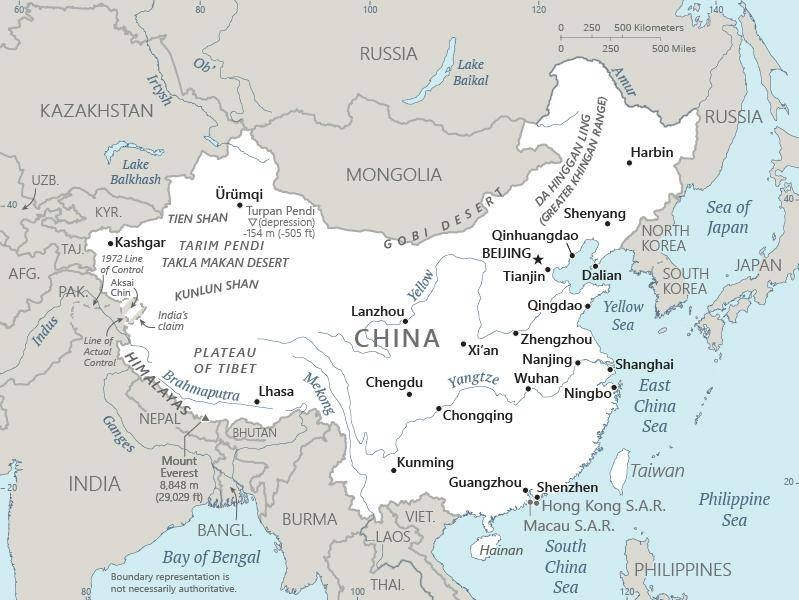
Locator map
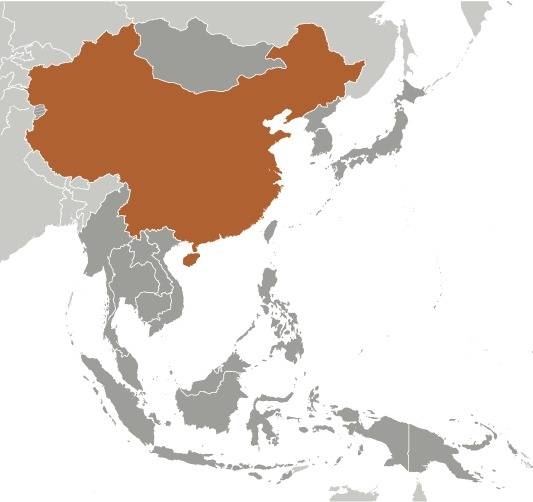
Flag
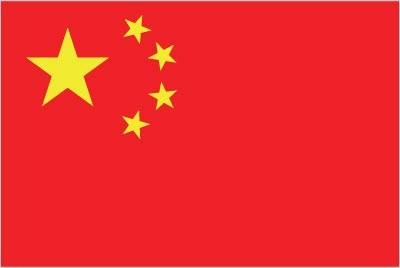
Capital: Beijing.
Independence / foundation: The imperial era of China began in 221 B.C. under the Qin Dynasty and lasted until the fall of the Qing Dynasty in 1912. The Qing Dinasty collapsed following the Revolution of 1911, and China became a republic under Sun Yat-sen of the Kuomintang (KMT or Nationalist) Party.
In the late 1920s, a civil war erupted between the ruling KMT-controlled government led by Chiang Kai-shek, and the Chinese Communist Party (CCP). Japan occupied much of northeastern China in the early 1930s, and then launched a full-scale invasion of the country in 1937. The resulting eight years of warfare devastated the country and cost up to 20 million Chinese lives by the time of Japan’s defeat in 1945.
The Nationalist-Communist civil war continued with renewed intensity following the end of World War II and culminated with a CCP victory in 1949, under the leadership of MAO Zedong.
Population: 1 billion.
Currency: Chinese Yuan Renminbi (CNY)
1 USD = 7.18 - 7.24 CNY
1 EUR = 7.64 - 7.83 CNY
Time zone: UTC+8
Languages spoken: Standard Chinese or Mandarin (official; Putonghua, based on the Beijing dialect), Yue (Cantonese), Wu (Shanghainese), Minbei (Fuzhou), Minnan (Hokkien-Taiwanese), Xiang, Gan, Hakka dialects, minority languages (see Ethnic groups entry). Note - Zhuang is official in Guangxi Zhuang, Yue is official in Guangdong, Mongolian is official in Nei Mongol, Uighur is official in Xinjiang Uygur, Kyrgyz is official in Xinjiang Uygur, and Tibetan is official in Xizang (Tibet).
Religions: Folk religion 22%, Buddhist 18%, Christian 5%, Muslim 2%, Hindu < 1%, Jewish < 1%, other <1% (includes Daoist (Taoist)), unaffiliated 52%.
Climate: Extremely diverse as the country is huge. Tropical in the south to subarctic in the north.
Real GDP (ppp – purchasing power parity): $26 trillion.
Real GDP per capita (ppp): $18,200.
Main airports: Beijing Capital International Airport, Shanghai Pudong International Airport, Guangzhou Baiyun International Airport.
World heritage sites in China
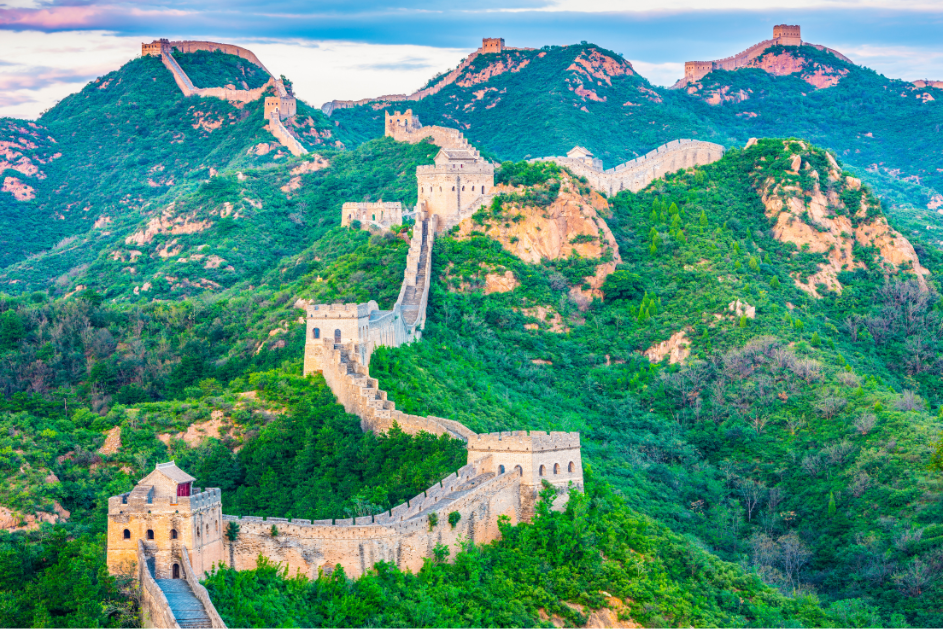
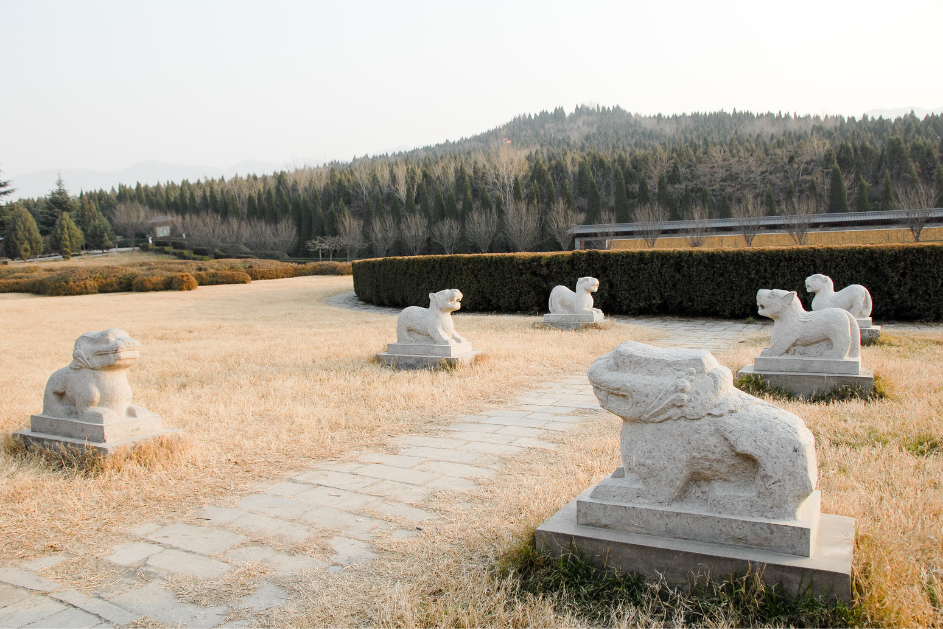
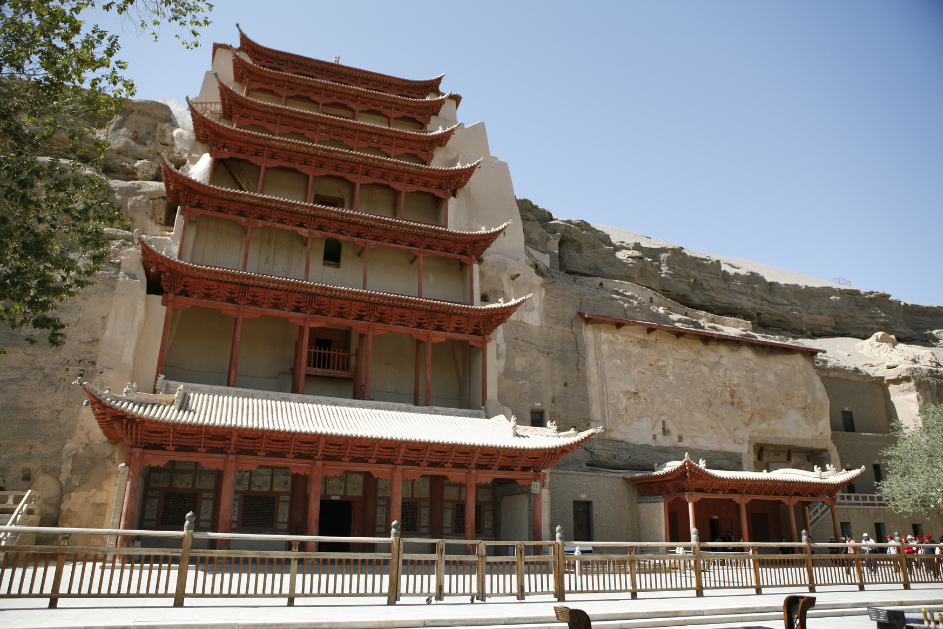
There are over 1,100 world heritage sites spread across more than 165 countries. New ones are added every year, and some may be removed from the list for various reasons.
Number of UNESCO listed sites: 57.
Top world heritage sites:
- The Great Wall.- Mausoleum of the First Qin Emperor.
- Mogao Caves.
- Imperial Palaces of the Ming and Qing Dynasties in Beijing and Shenyang.
- Mount Taishan.
- Peking Man Site at Zhoukoudian.
- Mount Huangshan.
- Huanglong Scenic and Historic Interest Area.
- Jiuzhaigou Valley Scenic and Historic Interest Area.
- Wulingyuan Scenic and Historic Interest Area.
- Ancient Building Complex in the Wudang Mountains.
- Historic Ensemble of the Potala Palace, Lhasa.
- Mountain Resort and its Outlying Temples, Chengde.
- Temple and Cemetery of Confucius and the Kong Family Mansion in Qufu.
- Lushan National Park.
- Mount Emei Scenic Area, including Leshan Giant Buddha Scenic Area.
- Ancient City of Ping Yao.
- Classical Gardens of Suzhou.
- Old Town of Lijiang.
- Summer Palace, an Imperial Garden in Beijing.
- Temple of Heaven: an Imperial Sacrificial Altar in Beijing.
- Dazu Rock Carvings.
- Mount Wuyi.
- Ancient Villages in Southern Anhui – Xidi and Hongcun.
- Imperial Tombs of the Ming and Qing Dynasties.
- Longmen Grottoes.
- Mount Qingcheng and the Dujiangyan Irrigation System.
- Yungang Grottoes.
- Three Parallel Rivers of Yunnan Protected Areas.
- Capital Cities and Tombs of the Ancient Koguryo Kingdom.
- Historic Centre of Macao.
- Sichuan Giant Panda Sanctuaries - Wolong, Mt Siguniang and Jiajin Mountains.
- Yin Xu.
- Kaiping Diaolou and Villages.
- South China Karst.
- Fujian Tulou.
- Mount Sanqingshan National Park.
- Mount Wutai.
- China Danxia.
- Historic Monuments of Dengfeng in “The Centre of Heaven and Earth”.
- West Lake Cultural Landscape of Hangzhou.
- Chengjiang Fossil Site.
- Site of Xanadu.
- Cultural Landscape of Honghe Hani Rice Terraces.
- Xinjiang Tianshan.
- Silk Roads: the Routes Network of Chang'an-Tianshan Corridor.
- The Grand Canal.
- Tusi Sites.
- Hubei Shennongjia.
- Zuojiang Huashan Rock Art Cultural Landscape.
- Kulangsu, a Historic International Settlement.
- Qinghai Hoh Xil.
- Fanjingshan.
- Archaeological Ruins of Liangzhu City.
- Migratory Bird Sanctuaries along the Coast of Yellow Sea-Bohai Gulf of China.
- Quanzhou: Emporium of the World in Song-Yuan China.
- Cultural Landscape of Old Tea Forests of the Jingmai Mountain in Pu’er.
Interesting facts about China
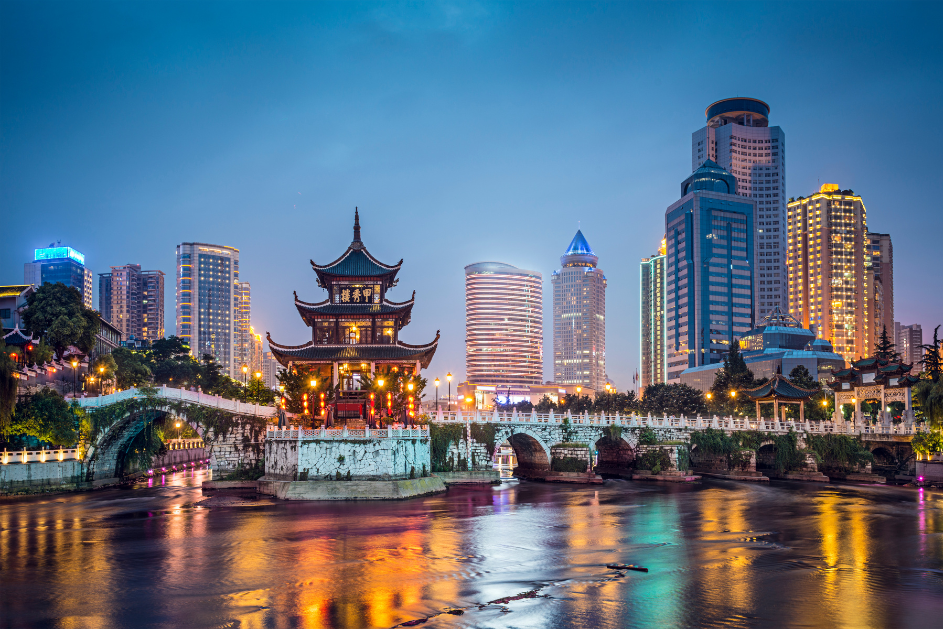
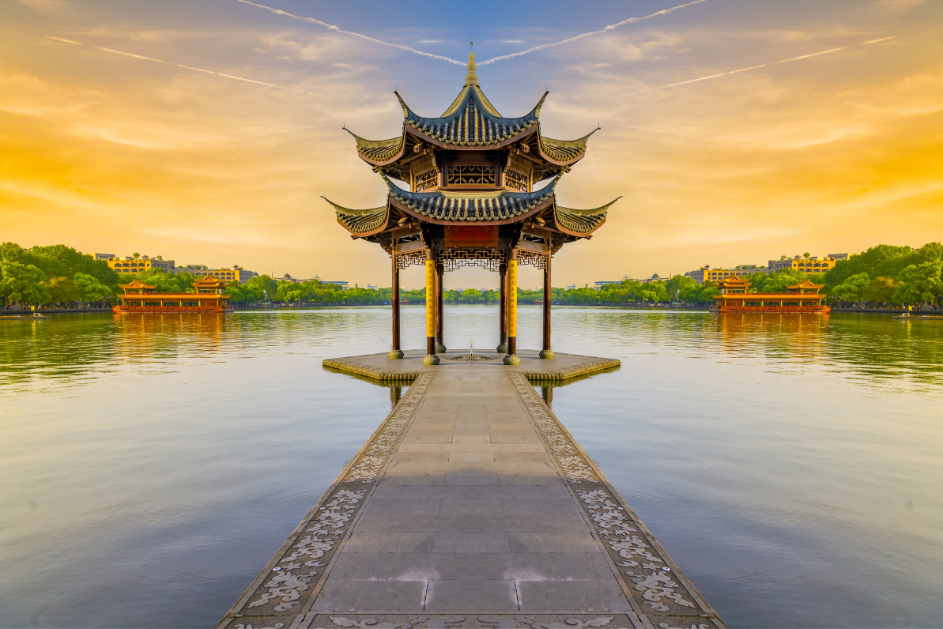
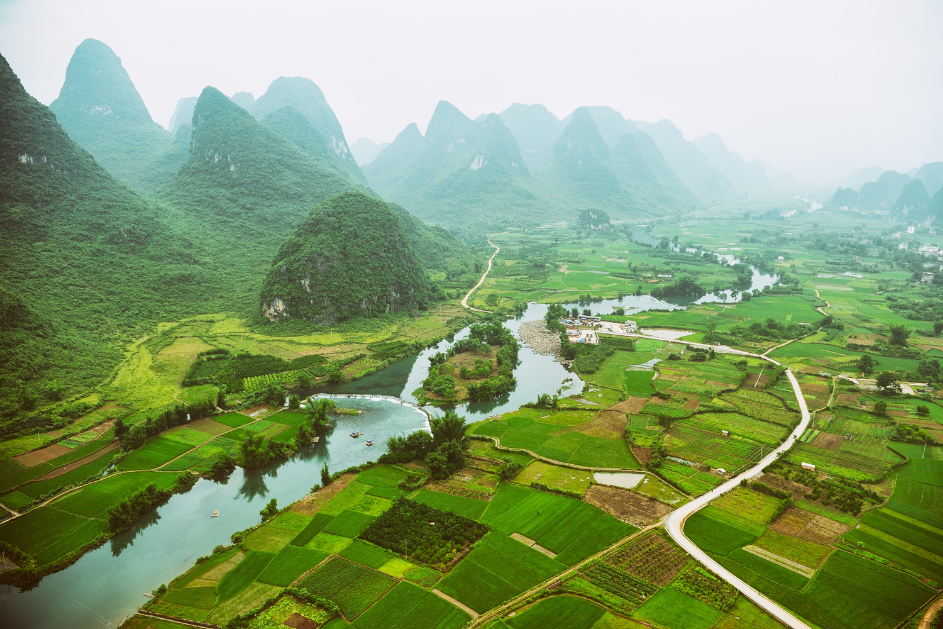
- The Chinese New Year’s celebration is the biggest holiday in the country and lasts for 15 days. It's usually celebrated in January or February.
- China is the most populated nation on Earth with 1.4 billion people. China has around 18% of the population of the world.
Further reading: N/A.
China Travel tips
Socket type: A / C / I. Guide to socket types.
Weekend days: Saturday and Sunday.
Driving: Cars drive on the Right.
Local taxi apps: Didi-Rider, MyChinaTaxi.
Travel Guides: Lonely Planet.
Languages spoken: Standard Chinese or Mandarin (official; Putonghua, based on the Beijing dialect), Yue (Cantonese), Wu (Shanghainese), Minbei (Fuzhou), Minnan (Hokkien-Taiwanese), Xiang, Gan, Hakka dialects, minority languages (see Ethnic groups entry). Note - Zhuang is official in Guangxi Zhuang, Yue is official in Guangdong, Mongolian is official in Nei Mongol, Uighur is official in Xinjiang Uygur, Kyrgyz is official in Xinjiang Uygur, and Tibetan is official in Xizang (Tibet).
Basic words and phrases in the main language:
Hello: Nǐhǎo (nee-how)Please: Qǐng (cheeng)
Thank you: Xièxiè (shieh-shieh)
Help: Kěyǐ bāng ge máng ma? (kuh yee bung guh mung ma)
Learn more with our favorite learning app Mondly.
Find a hotel in China
Booking.comBook tours and activities:
More about China on Solo Female Travelers
Coming soon.Did you spot any errors? We do our best to keep this information updated and accurate, but things change. If you saw anything that is not right, let us know so we can fix it: [email protected].
About the Solo Female Travel Safety Index
Safety matters to solo female travelers, you told us so in our annual Solo Female Travel Survey, where year after year, women prove that this is their most important concern when traveling solo.
We wanted to do something about it, so we built these country-specific pages where you can find reviews and scores for 7 key variables affecting the safety of women traveling solo.
Variables
- Risk of scam
- Risk of theft
- Risk of harassment
- Attitudes towards women
- UK Travel Advisory
- US Travel advisory
- Global Peace Index (GPI)
Informing OSAC
The Solo Female Travel Safety Score is used by the Overseas Security Advisory Council for including safety concerns for women travelers in their country security reports; OSAC is a partnership between the U.S. Department of State and private-sector security community.
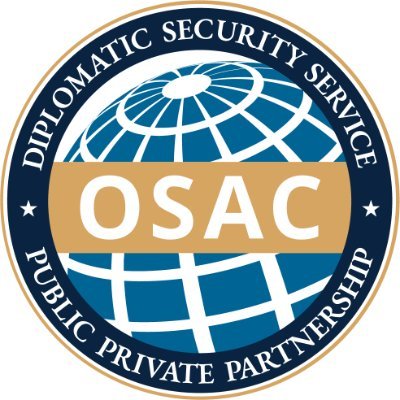
How to use the Safety Index
On this page, you will find the country score and the personal opinions on safety of other women traveling solo.
You can sort the comments by:
- The level of experience traveling solo of the reviewer (beginner = <5 trips solo, Intermediate = 5 to 10 trips solo, Experienced = >10 trips solo).
- The age of the traveler.
- Whether they are a visitor or local.
- The date they were posted.
The safety scores range from 1 to 4 with 1 being the safest and 4 being the most dangerous for solo female travelers.
Thus, the lower the score, the safer the country.
Looking for more safety resources?
This entire website is devoted to helping women travel solo. Check out the links below to learn more:
Solo Female Travel Stats: Results from the the largest, most comprehensive and only global research study on solo female travel trends, preferences and behaviors published.
Thanks to Jacobo Vilella for creating the Solo Female Travelers Safety Index ❤️






